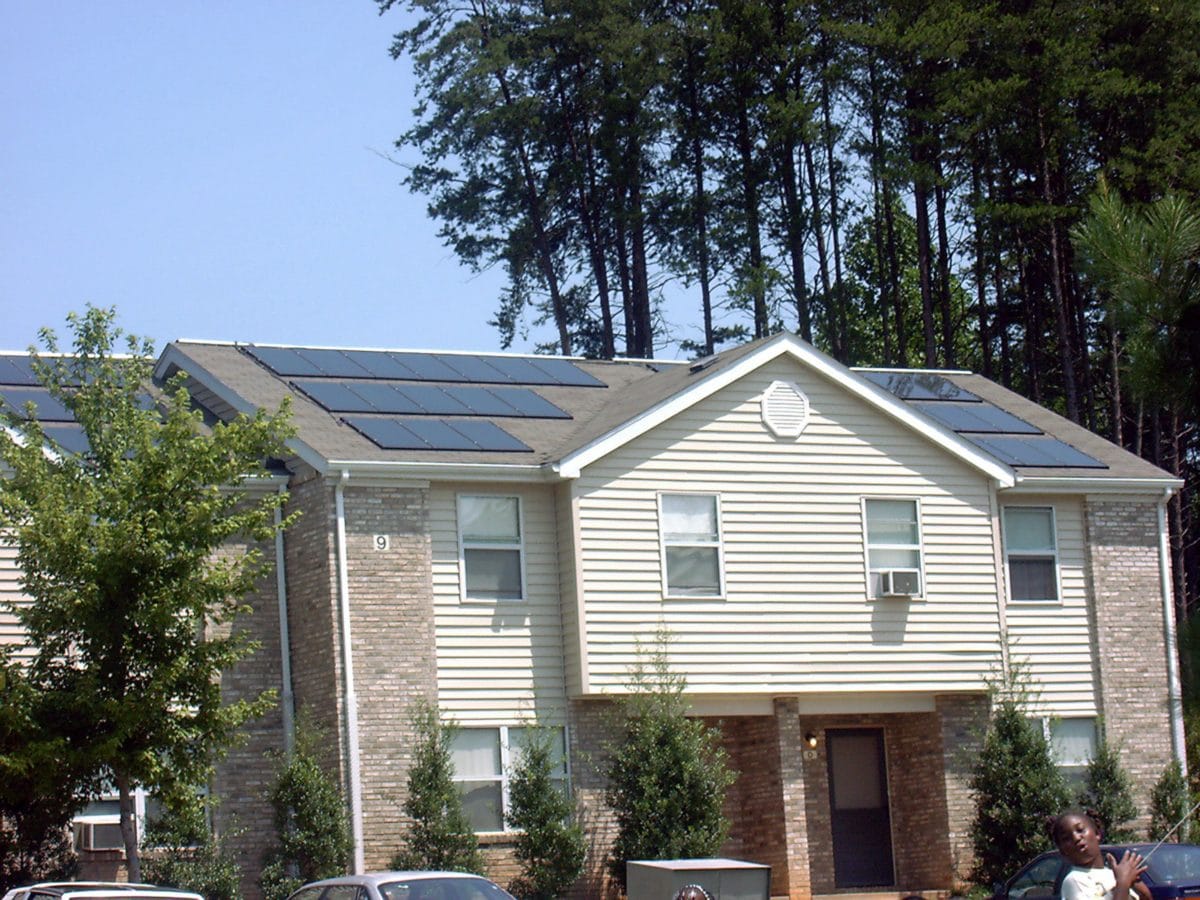The Southern Environmental Law Center (SELC) completed its fifth year of tracking solar policies of major utilities in the Southern U.S., identifying the “makers” that have encouraged solar adoption, and the “brakers” that are slowing it down.
“No path to widespread solar adoption can bypass the South,” said Jill Kysor, senior attorney and leader of solar initiatives for SELC. “Many utilities have implemented good solar policies that lower customer electricity bills, create local jobs and advance the clean energy economy. Others have opted for punitive policies that hurt their customers and the entire region by leaving solar potential untapped.”
Called Rates of Solar and launched in 2018, the SELC project tracks ~10 GW installed or committed solar capacity. Now in its fifth year, the SELC project tracks over 23 GW of capacity across the region. Approximately 25,000 homes and businesses had rooftop solar in the project’s six-state study region in 2018, and now that number has quadrupled to over 100,000 homes and businesses.
SELC said Southern states have a lot to gain from improving policies to make solar more accessible to customers and embrace the solar industry, which has grown at an average annual rate of 33% over the last decade. Solar represents a strong economic engine that could help a region with higher poverty rates than most of the U.S., and an opportunity for ratepayers to save on their utility bills.
Net metering policy has emerged as one of the central indicators of whether a utility region is a “maker” or “braker,” said SELC.
The organization’s Rates of Solar tool allows users to understand how much their utility company charges (or pays) when you adopt solar.
Brakers
Alabama is a prime example of a solar “braker,” with only around 500 residential solar customers, said SELC. Since 2013, utility Alabama Power has imposed some of the nation’s highest monthly fees on rooftop solar customers of any regulated utility. Every year, the average rooftop solar system of 5 kW accrues $300 of additional fees imposed by the state’s largest utility, totaling more than $9,000 in fees over a system’s lifespan.
Another state with low solar buildout is Tennessee, which has under 3,000 residential customers. With a lack of net metering and low and inconsistent export rates, it is very difficult to estimate potential savings of a system.
Georgia is a state that has made some incremental progress, introducing net metering in 2020, but leaving a low participation cap of 5,000 spots for over 2.5 million customers. The program filled up in less than four years.
Recently, utility regulators voted against expanding the popular net metering program in Georgia and instead adopted a new solar export rate that falls just below 7 cents per kWh. The new policy offers a slight improvement on the existing rock bottom rates, regulators missed an opportunity to do more, said SELC.
Makers
SELC said North and South Carolina “lead the pack” in solar policy. North Carolina leads the six-state region with over 35,000 installations to date. The state implemented a net metering policy in 2005 for its two major utilities, Duke Energy Carolinas and Duke Energy Progress. The state has also gotten a boost from a rebate program implemented from 2017 to 2022. Revisions to the current net metering and rebate framework have been proposed but are still pending with state regulators.
South Carolina has the highest per capita solar installation rate and over 29,000 customers have gone forward to date. The state has active net metering policies that were established in 2008 and distributed energy resource programs that helped jumpstart the market in 2015. New time-of-use based net metering policies were adopted in early 2022.
SELC said Virginia is catching up to the Carolinas quickly following the passage of the Clean Economy Act of 2020, which lifted the state net metering cap from 1% to 6% of the utility’s peak lead forecast. Net metering has been active in the state since 2020.
This content is protected by copyright and may not be reused. If you want to cooperate with us and would like to reuse some of our content, please contact: editors@pv-magazine.com.









By submitting this form you agree to pv magazine using your data for the purposes of publishing your comment.
Your personal data will only be disclosed or otherwise transmitted to third parties for the purposes of spam filtering or if this is necessary for technical maintenance of the website. Any other transfer to third parties will not take place unless this is justified on the basis of applicable data protection regulations or if pv magazine is legally obliged to do so.
You may revoke this consent at any time with effect for the future, in which case your personal data will be deleted immediately. Otherwise, your data will be deleted if pv magazine has processed your request or the purpose of data storage is fulfilled.
Further information on data privacy can be found in our Data Protection Policy.